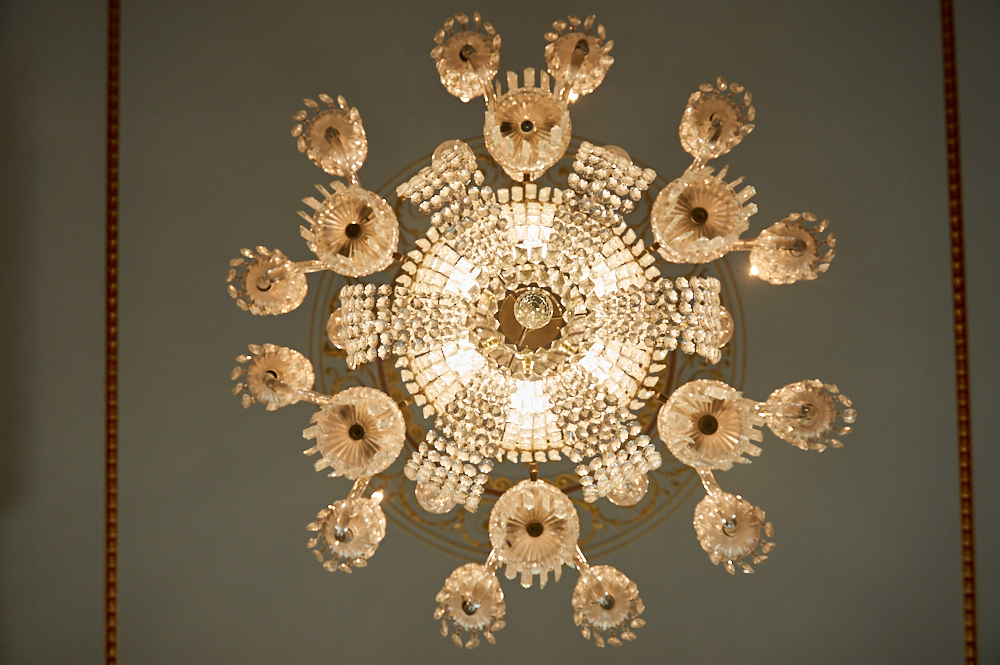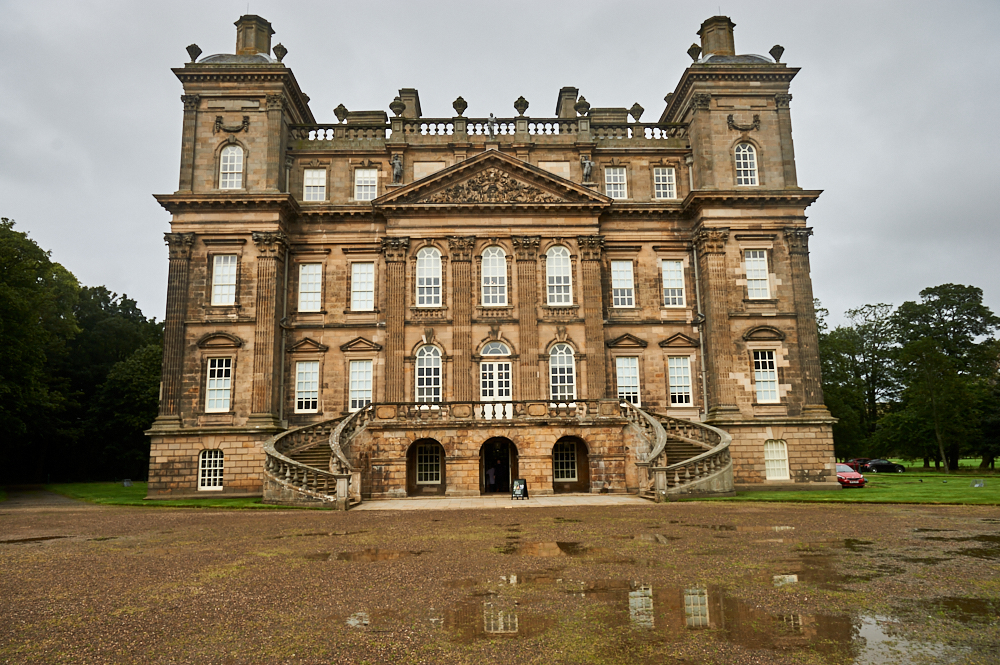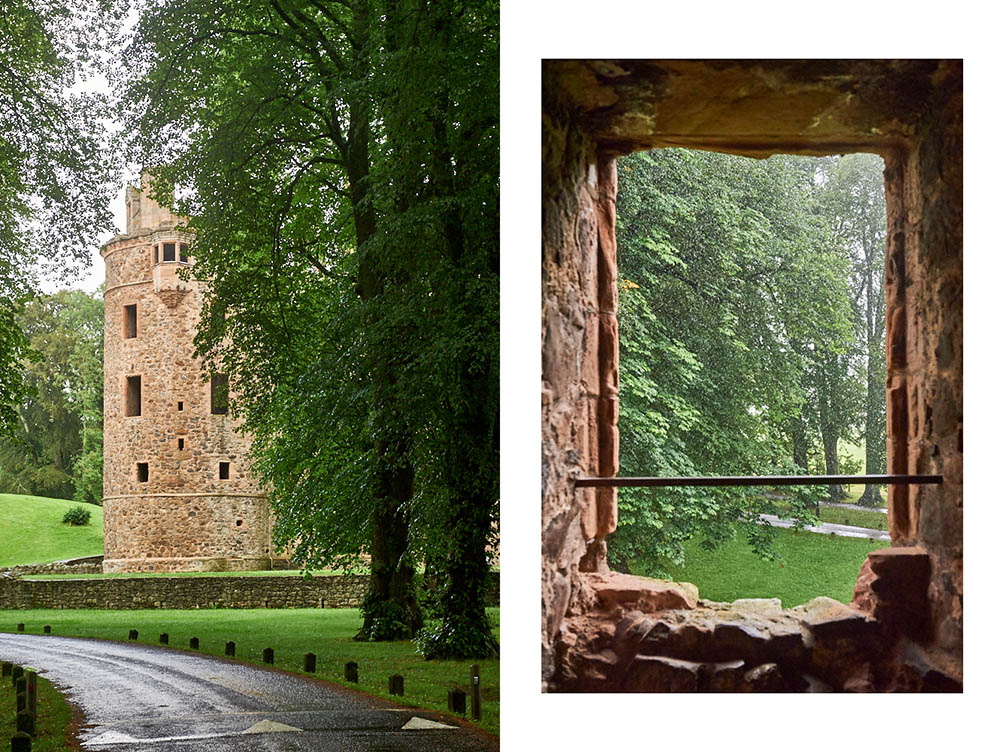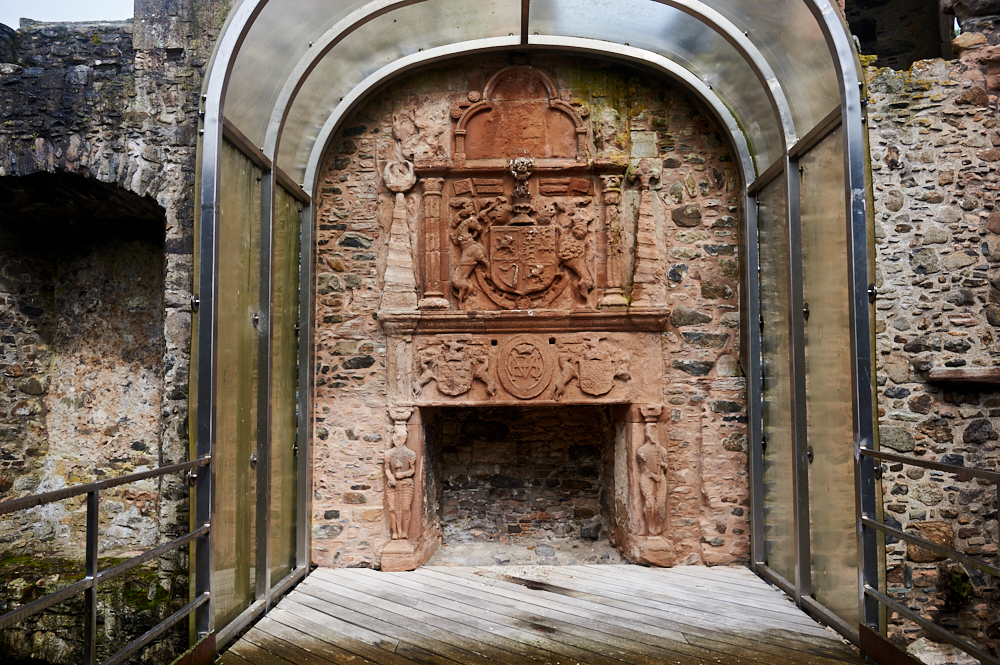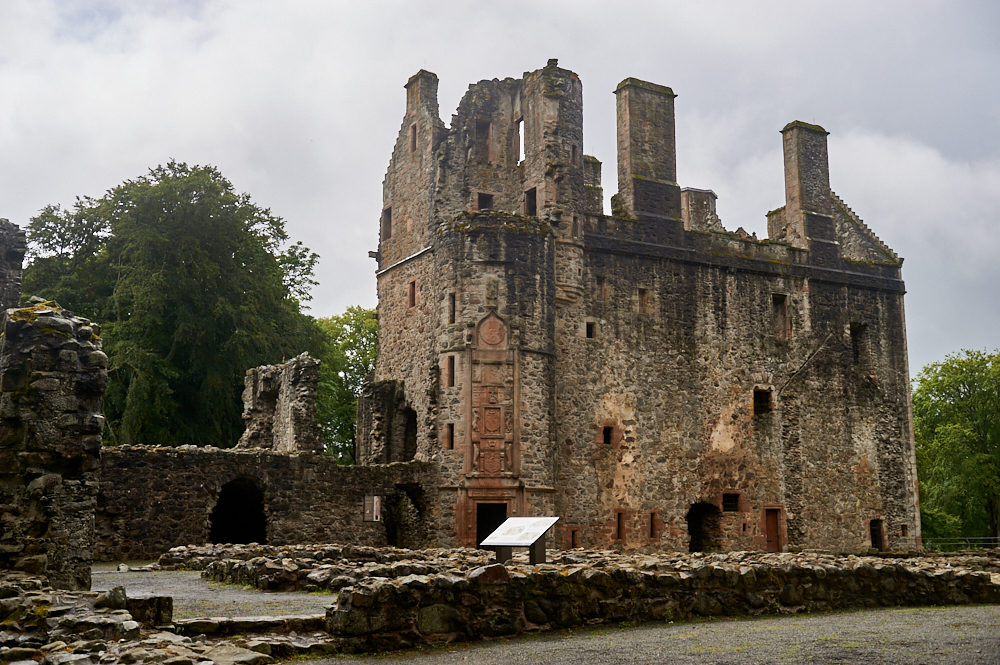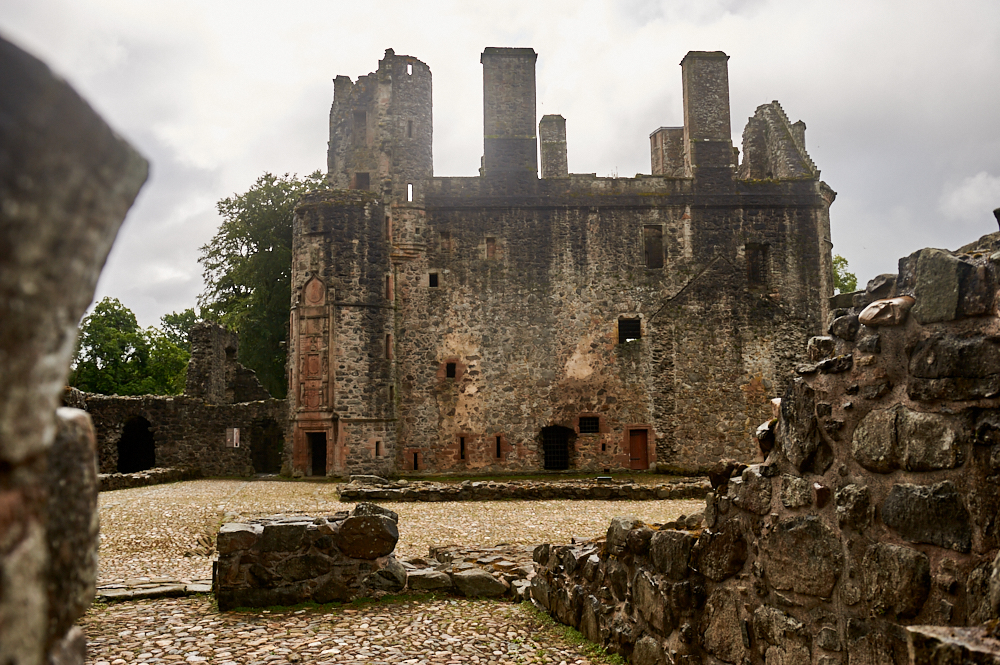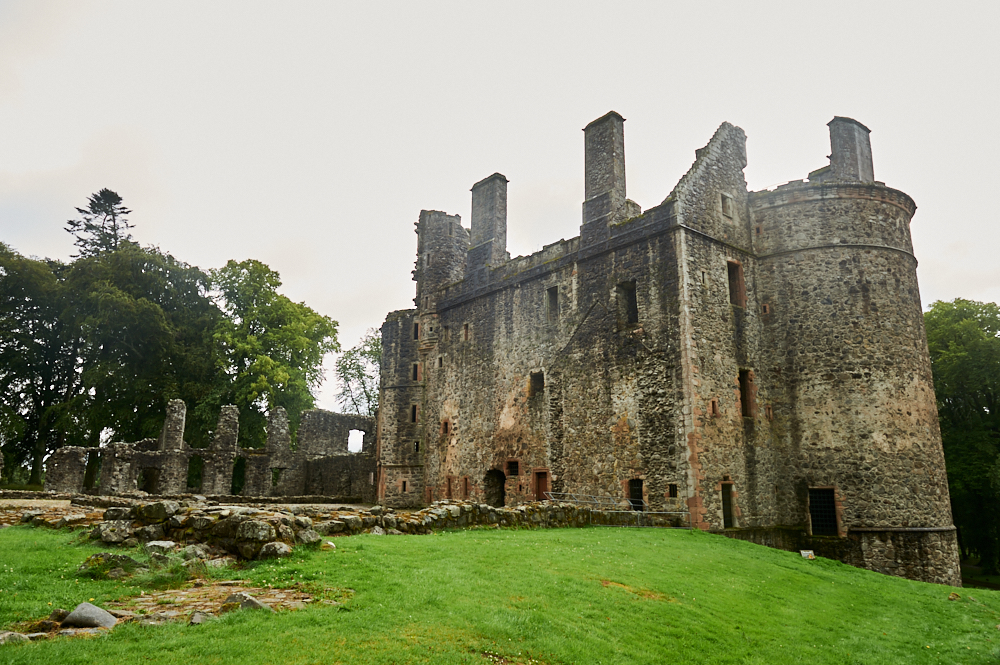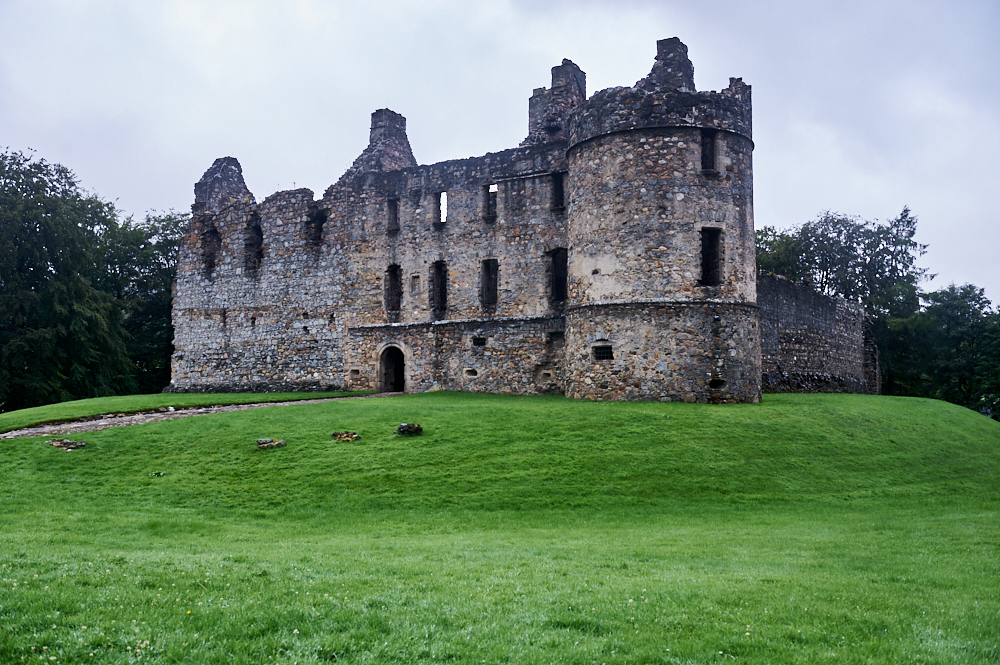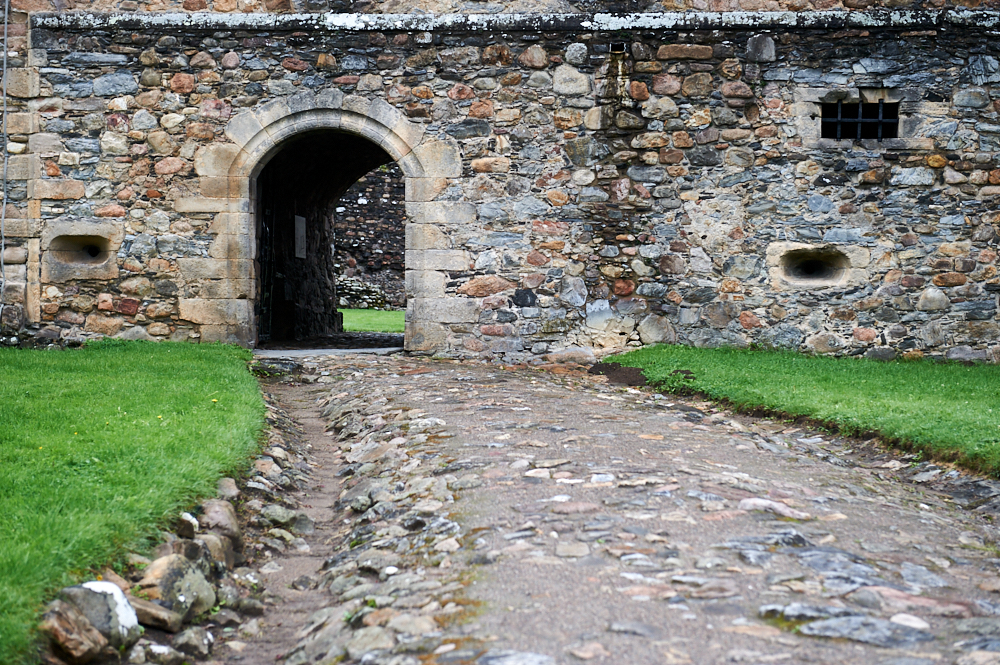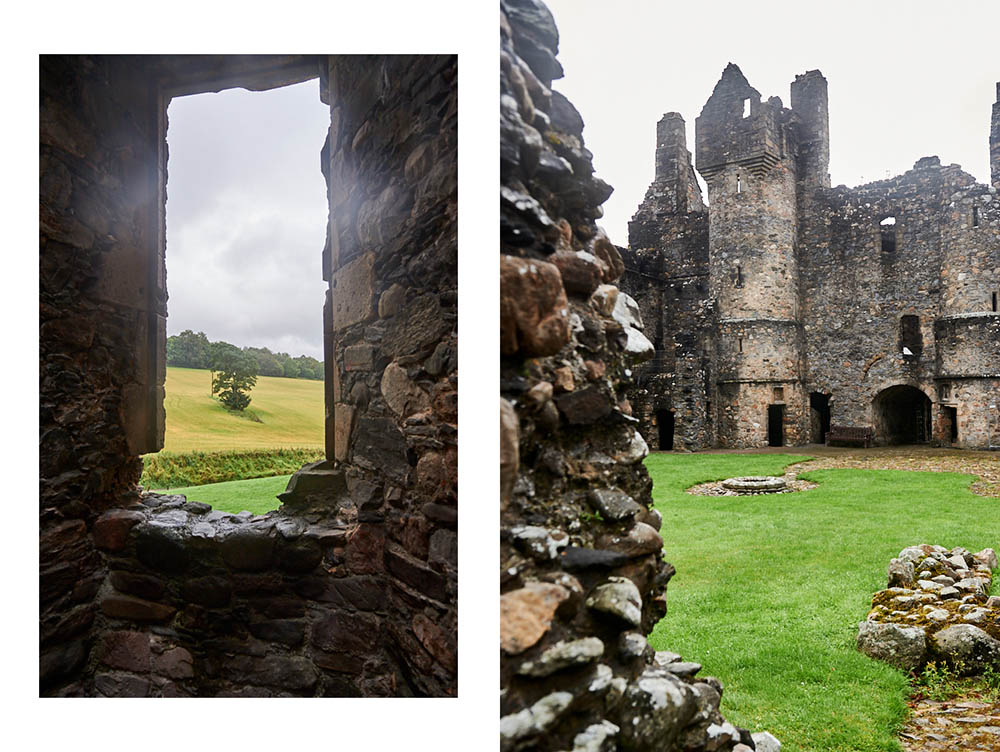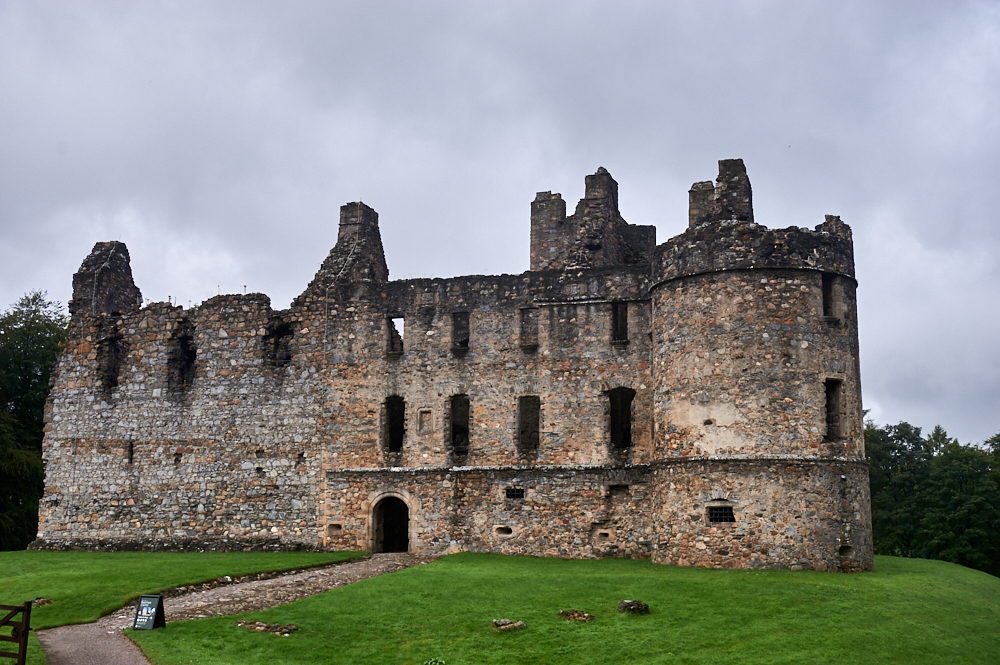
Duff House, a beautiful early Georgian mansion in Banff, houses a collection of fine paintings and furniture from the National Gallery of Scotland. Designed by Scottish architect William Adam in the 18th century and owned by William Duff.
But building the house wasn´t straightforward and it was never finished.
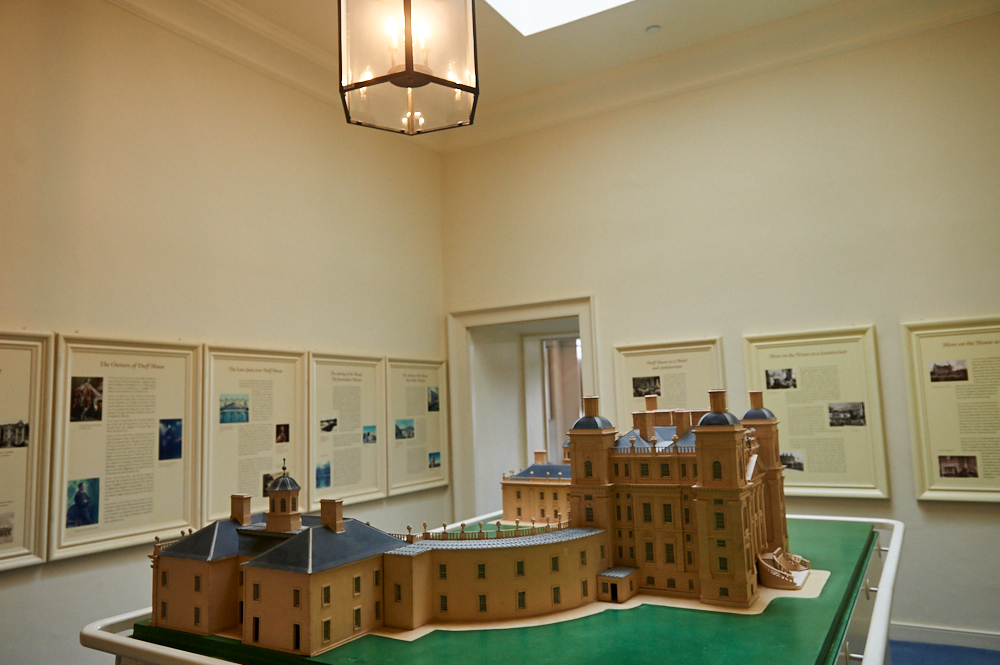
Duff House was a hugely expensive project – and a giant status symbol. But the cost of the build was Duff House’s undoing, as client and architect fell out over money.
Duff House was intended as the chief seat of William Duff, Lord Braco (later 1st Earl Fife). The astute businessman and politician wanted not only to succeed, but also to be seen to succeed. (Historic Enviroment Scotland)
Work began in 1735, most of the delicate stonework was produced in Queensferry, but the work stopped in 1741 and the elaborate plans for a grand curved east and west wings that were never finished.
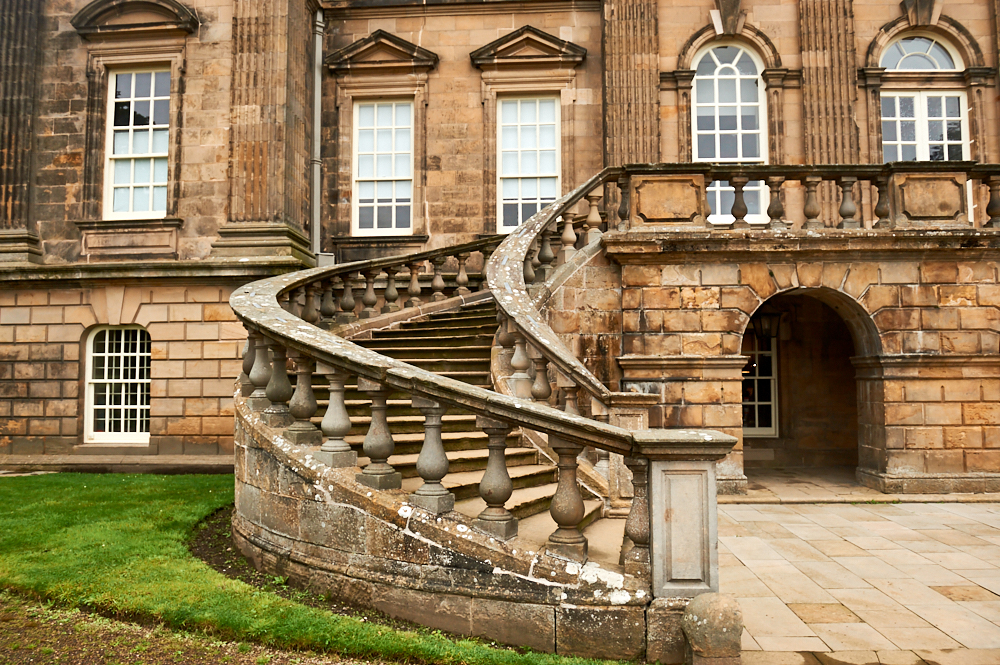
Six staircases act as vertical corridors. A great salon and drawing room on the second floor were used for formal entertaining. The rooms most often used by the family are those on the first floor.
Many rooms have 18th-century decorative features and some original paint schemes have been restored. As noted art collectors, the 2nd and 4th Earls Fife filled the house with paintings, books and other treasures. (Historic Enviroment Scotland)
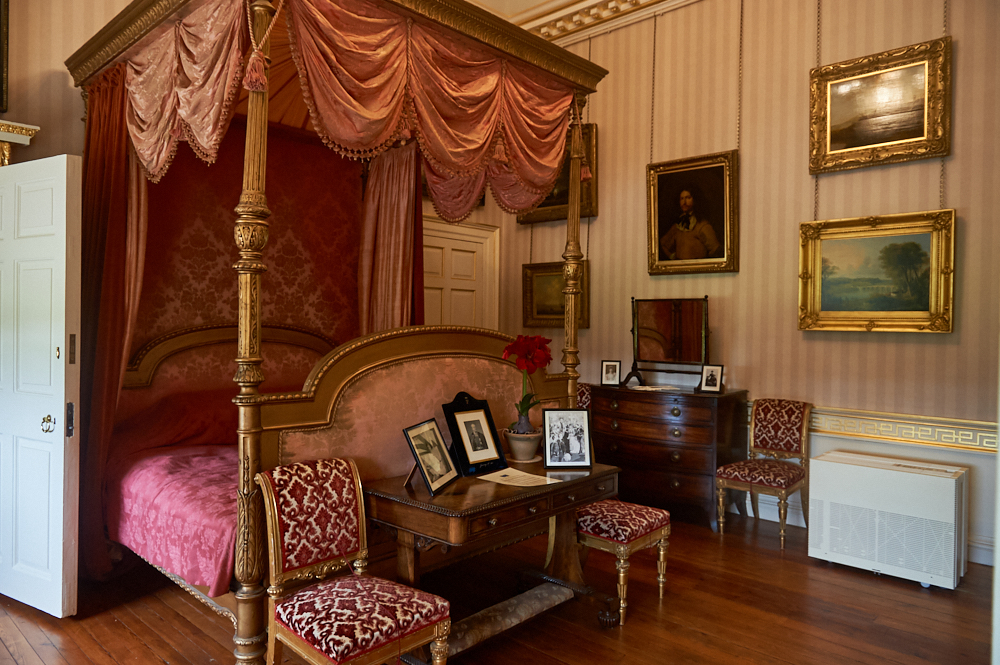
Today paintings, books, china and furniture from the National Gallery of Scotland are on display throughout Duff House.
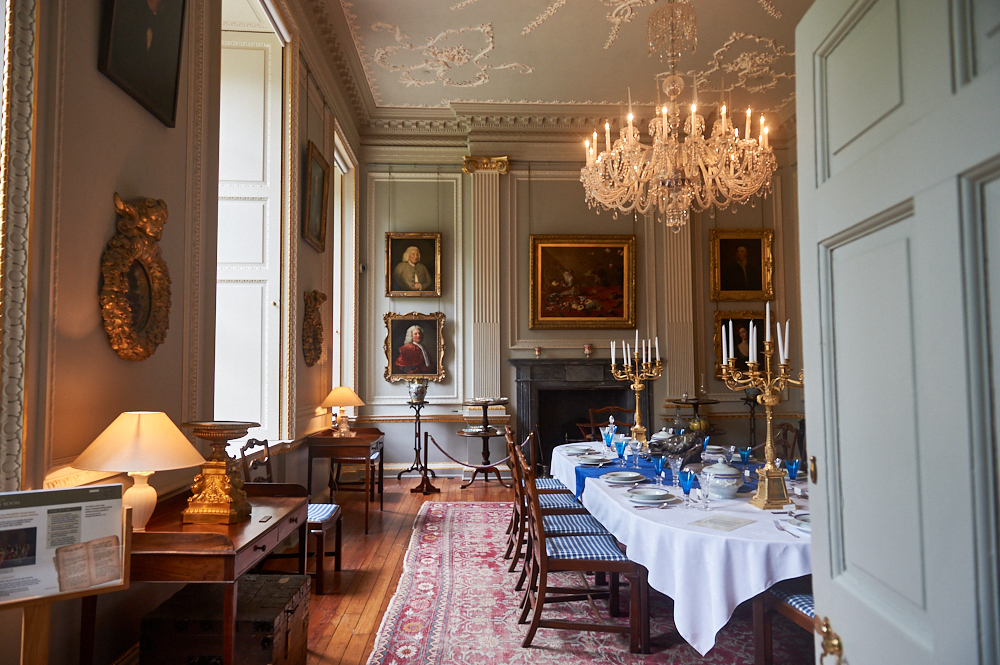
By the turn of the 20th century, the Duff family no longer needed Duff House and gifted it to nearby towns of Banff and Macduff in 1907. In the following years and decades, Duff House became a hotel, a sanatorium and again a hotel. During WWII Duff House was used as an internment camp, a prisoner of war camp and also as headquarters for various Allied regiments.
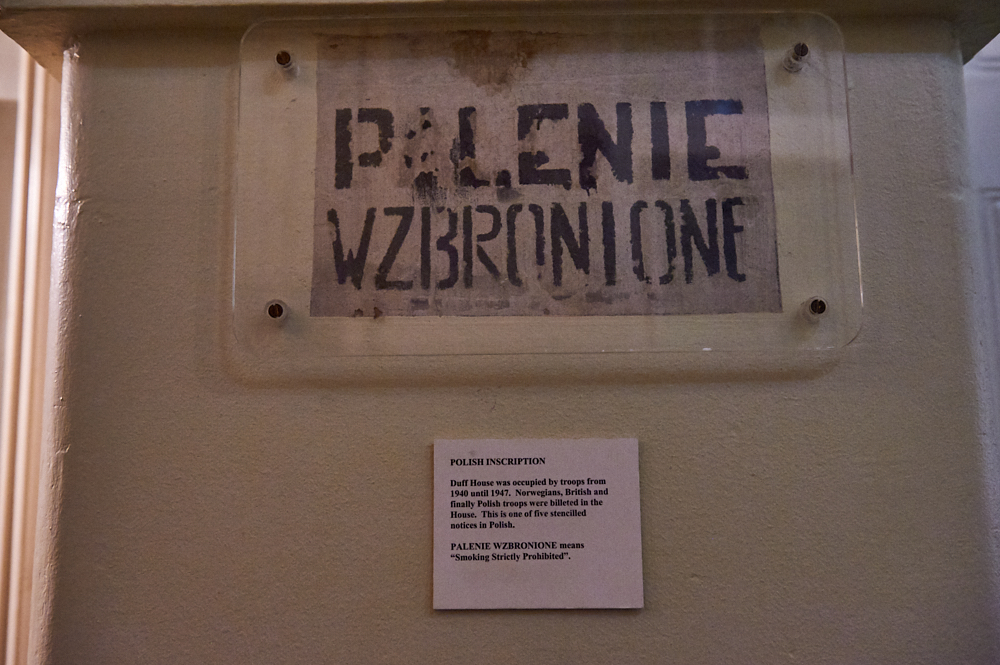
In 1940, a bombing raid by the German Luftwaffe killed six German prisoners and two guards, injuring others and damaging the house.
In 1942, Duff House became the headquarters for the Norwegian Brigade. After the war, it was a base for Polish soldiers awaiting resettlement in Scotland. Evidence of their time here remains, in stencilled Polish signs and a painted Norwegian flag. (Historic Enviroment Scotland)
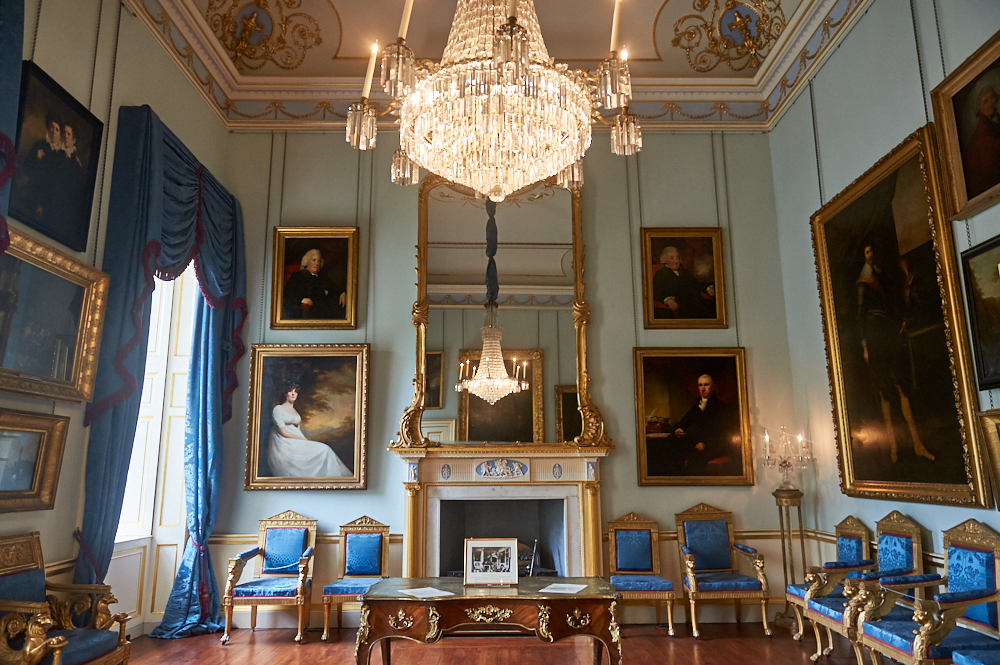
By the 1950ies Duff House has fallen into disrepair and was taken into state care, extensive restoration and conversation works had to be done.
Duff House reopened in 1995 as a country house gallery, in partnership with National Galleries of Scotland and Aberdeenshire Council, following extensive conservation and restoration. (Historic Enviroment Scotland)
